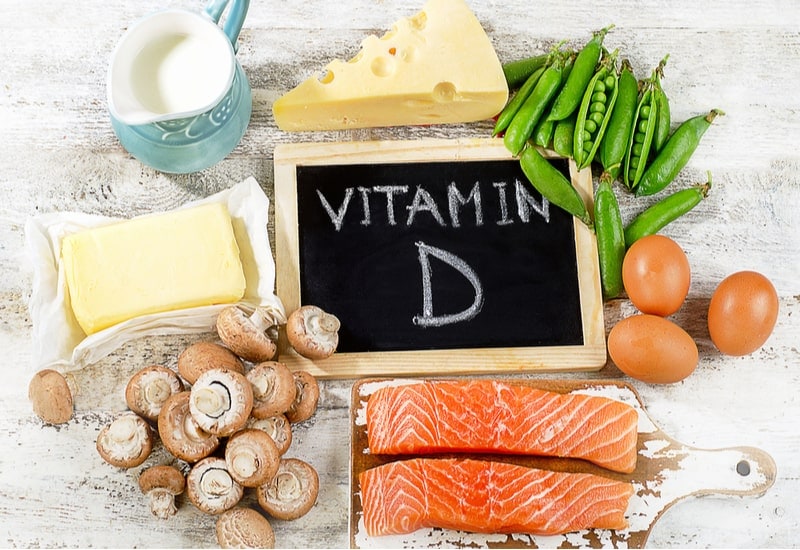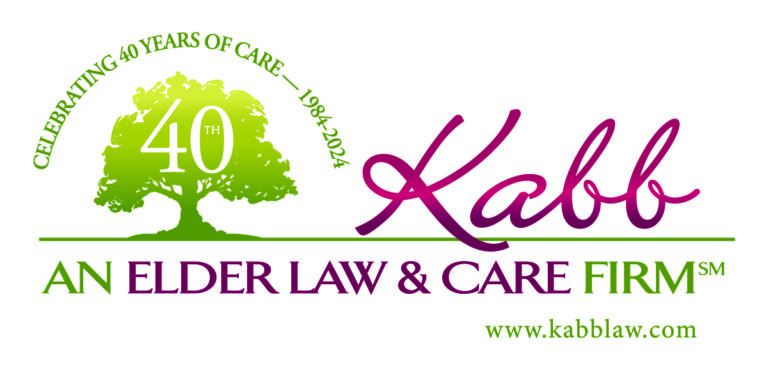Who Ever Heard of Osteopenia?
Osteopenia is a critical amount of bone loss that results in low bone density. It results when the new bone doesn’t form at a rate that can offset the normal bone loss. Unlike osteoporosis, osteopenia is not considered a disease. Instead, it is considered a marker for the risk of fractures. 33.6 million Americans have osteopenia.
Who Is At Risk?
At any point after the age of 50, if a person’s bones are weaker than they should be, it is called osteopenia, and it doesn’t necessarily have to lead to osteoporosis.
A combination of diet, exercise, and some medications can get your bones stronger for decades – osteoporosis is NOT inevitable.
If you are over 50, you do not need to feel like a moving (or stationary) target for osteopenia.
Some people are more prone to the disease than others are. For example people with a family history of osteopenia or women.
Women are more prone to osteopenia than men because of
(1) hormonal changes that happen at menopause
(2) women have lower bone mass than men,
(3) they usually don’t get as much calcium as men, and
(4) they live longer so their bones age more.
Sometimes osteopenia is triggered by a medical condition, such as celiac disease, that has gone untreated as well as anorexia and/or bulimia.
A list of other common causes of osteopenia are:
- Chemotherapy
- Over-active thyroid
- Steroid medications as well as some other meds
- A lack of calcium and/or vitamin D
- Not enough strength training exercise
- Smoking
- Too many carbonated drinks or too much alcohol
Determining The Disease
Just like osteoporosis, osteopenia is determined by a bone density test. The full name of this test is dual-energy x-ray absorptiometry (DXA). It measures the mineral content in your bones.
There is a metric called FRAX that doctors use to determine if you would benefit from a prescription med.
Treatments For Osteopenia
Vitamins

The best thing you can do for Osteopenia is to load up on calcium and vitamin D.
Good sources of calcium are found in dairy products, dried beans, spinach, broccoli, and fatty fishes such as salmon.
Vitamin D is also found in fatty fishes such as salmon and sardines as well as eggs and the good old sunshine.
But, both calcium and vitamin D can be added to your diet via supplements easily obtained over-the-counter.
Prescription Meds
Some of the prescription meds, that may or may not be prescribed, are Binosto, Fosamax, Boniva, Evista, Actonel, Atelvia, Reclast, and Zometa.
Exercise

Another important factor in the treatment of osteopenia is exercise – weight-bearing exercises such as walking, running, hiking, working out at the gym, boxing, weight lifting, and tennis. What is not a weight-bearing exercise is swimming.
With or without medications, the most acceptable treatments for osteopenia are changing your bad habits (smoking, alcohol consumption), getting plenty of weight-bearing exercises, and maintaining a diet high in calcium and vitamin D.
If your doctor has told you that you’ve tested positive for osteopenia, call our office at 216-991-5222. Talk to Rachel. We can connect you to others who are dealing with the condition. It always feels good to be part of a group.

